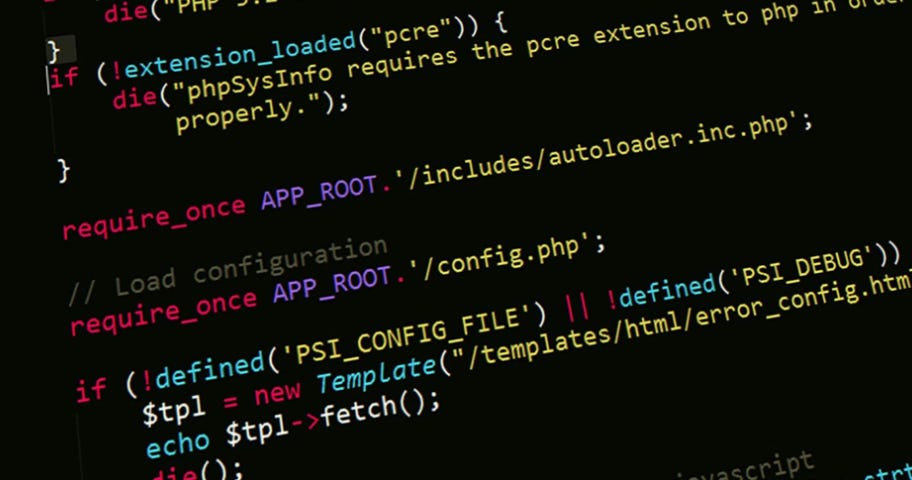Traditional secure coding practices revolve around known vulnerabilities and patch cycles. AI changes the equation. A line of code can be generated on the fly by a model, shaped by manipulated prompts or data—creating new, unpredictable categories of risk like prompt injection or emergent behavior outside traditional taxonomies.
A 2025 Veracode study found that 45% of all AI-generated code contained vulnerabilities, with common flaws like weak defenses against XSS and log injection. (Some languages performed more poorly than others. Over 70% of AI-generated Java code had a security issue, for instance.)
Another 2025 study showed that repeated refinement can make things worse: After just five iterations, critical vulnerabilities rose by 37.6%.
To keep pace, frameworks like the OWASP Top 10 for LLMs have emerged, cataloging AI-specific risks such as data leakage, model denial of service, and prompt injection. They highlight how current security taxonomies fall short—and why we need new approaches that model AI threat surfaces, share incidents, and iteratively refine risk frameworks to reflect how code is created and influenced by AI.
Read more | O’REILLY

